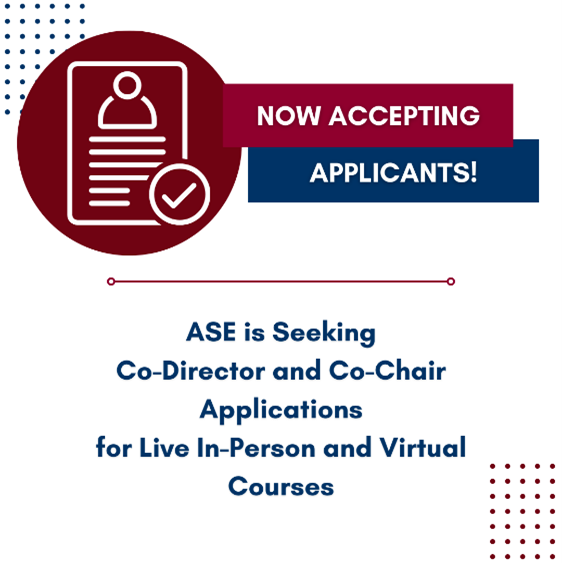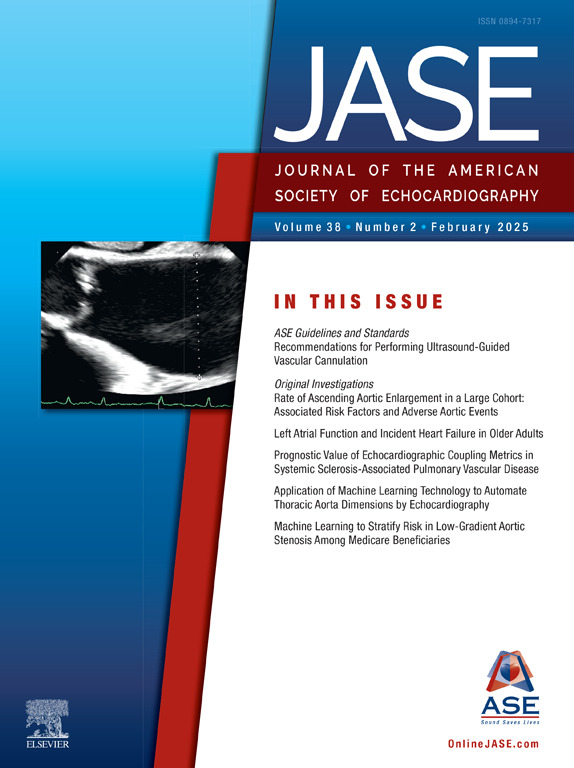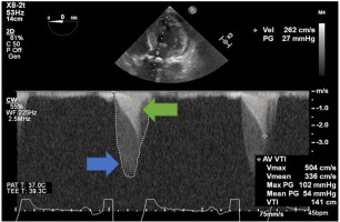
FOR IMMEDIATE RELEASE
Contact: Natalie Costantino
919-297-7170
[email protected]
ASE Releases New Guidelines on Echocardiographic Assessment of the Right Heart in Adults
(DURHAM, NC, March 6, 2025)—A new guideline from the American Society of Echocardiography (ASE) offers updated recommendations for clinicians evaluating right heart function in patients with pulmonary hypertension (PH), a condition that significantly affects patient outcomes, morbidity, and mortality.
Guidelines for Echocardiographic Assessment of the Right Heart in Adults and Special Considerations in Pulmonary Hypertension: Recommendations from the American Society of Echocardiography is published in the March 2025 Journal of the American Society of Echocardiography and supersedes ASE’s right heart guideline published in 2010. This new document emphasizes the critical importance of accurate right heart assessment in the management of PH, which is a key factor in determining clinical prognosis and guiding treatment strategies.
The guideline’s Chair Dr. Monica Mukherjee, who is a cardiologist and the Medical Director of Johns Hopkins Bayview Echocardiography Lab in Baltimore, Md., said this document represents a crucial step forward in the echocardiographic assessment of the right heart in PH. It ensures clinicians and sonographers have the most precise and validated parameters to improve screening and early detection in patients.
“These guidelines have the potential to significantly impact patient care by standardizing and refining echocardiographic assessment of the right heart by focusing on screening and early detection, and improved risk stratification and monitoring of therapeutic response,” said Dr. Mukherjee. “By integrating comprehensive echocardiography techniques and employing updated diagnostic thresholds, we hope to enhance the accuracy of PH evaluation and ultimately guide more precise therapeutic decisions to improve patient outcomes.”
The World Symposium on Pulmonary Hypertension recently redefined PH as a mean pulmonary arterial pressure >20 mmHg, based on epidemiologic evidence highlighting the significant impact of even mildly elevated mean pulmonary artery pressure on morbidity and mortality. The implementation of these new standards will enhance clinical decision-making and foster greater consistency in clinical research applications.
An international multidisciplinary team assisted in developing the guidelines, including expert sonographers and other leading authorities in echocardiography, multimodality imaging, cardiology and PH. The writing group brings expertise in right heart physiology and pulmonary vascular disease, and defines key imaging metrics. This ensures that the document is comprehensive, evidence-based, and clinically impactful.
“By leveraging our collaborative expertise across these specialties, we hoped to provide a unified, physiologically informed framework for assessing right heart function and refining risk stratification based on reproducible echocardiographic parameters that align with disease pathophysiology,” said Guideline Co-Chair, Dr. Lawrence Rudski, the Director of the Azrieli Heart Centre at Jewish General Hospital and Professor of Medicine at McGill University in Montreal, Quebec, Canada.
The complete guideline document and all guidelines published by ASE are available at ASEcho.org/Guidelines.
About American Society of Echocardiography
The American Society of Echocardiography (ASE) is the Society for Cardiovascular Ultrasound Professionals™. ASE is the largest global organization for cardiovascular ultrasound imaging serving physicians, sonographers, nurses, veterinarians, and scientists and as such is the leader and advocate, setting practice standards and guidelines for the field. The Society is committed to advancing cardiovascular ultrasound to improve lives. In 2025, ASE is celebrating its milestone 50th anniversary. For more information, visit the ASE website ASEcho.org or social media pages on Facebook, X, LinkedIn, Instagram and Bluesky.
###






